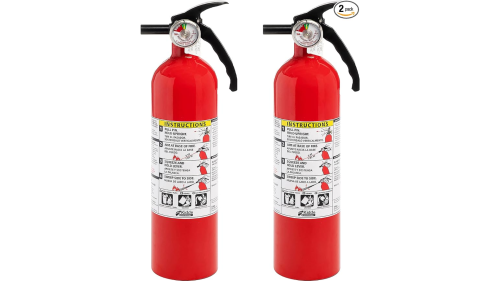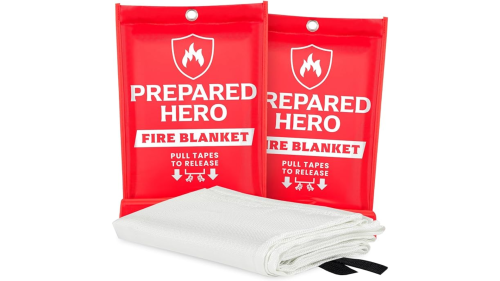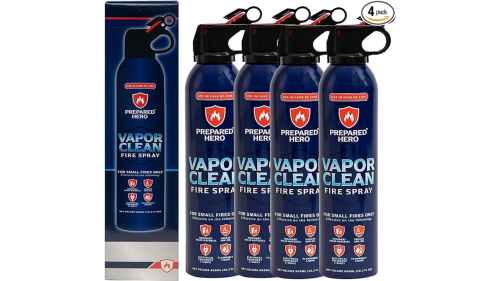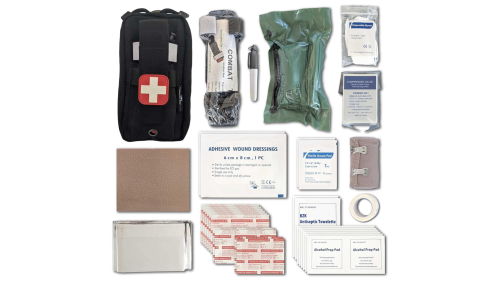The holidays are a time to spend with family and friends, and hopefully, not in the back of an ambulance with a broken bone or after receiving an electric shock from plugging in damage Christmas tree lights.
Share these eight holiday safety tips with your community to ensure residents are safe, as well as festive. Fill out the form on this page to download a shareable infographic.
1. Designate a decoration spotter
When hanging lights, wrapping tree limbs in garland or attaching a large inflatable Santa Claus to your roof, make sure someone knows and is acting as a spotter, ready to take corrective action if you suddenly pull a Clark Griswold and end up hanging off your second-story by one leg.
2. Double-check the use of indoor and outdoor lights
Lights that are labeled for indoor-use only should not be used outdoors, even if they are going to be in a covered porch area. Extreme temperatures and precipitation can adversely affect the lights and cause them to malfunction, creating a potential safety hazard. Lights labeled for outdoor use are safe to be used inside but be sure not to overload outlets or power strips.
3. Don’t overload your outlets
It’s tempting to continue adding extension cords to bend your electrical needs to your will, but this is not a smart idea. Invest in a power strip and be aware of the amount of wattage you plug into it.
4. Watch those candles
The top three days for candle fires all come during the holidays: New Year’s Day, Christmas and New Year’s Eve. To keep a candle-related incident from occurring, remember to never leave a candle unattended, and maintain a one-foot buffer zone around the open flame.
5. Keep an eye on the stove
Cooking-related fires make up the majority of home fires, with Thanksgiving, Christmas Eve and Christmas clocking in as the days with the highest number of kitchen fires during the year. Water is not always the best option when dealing with cooking fires. Learn how to handle grease fires and other kitchen fires, and never leave burners unattended.
6. Check the batteries on smoke and carbon monoxide alarms
You should be checking the batteries on your smoke alarms and carbon monoxide alarms twice a year, but a quick check before your house is filled with food, friends and family is a good idea, as well.
7. Make sure everyone knows the fire evacuation plan for the house
It’s not the most festive conversation to have, but it could save a life: make sure everyone knows what to do in the event of a fire. What’s the plan? Where is your outdoor meeting spot? Is there a trick to opening the windows in the guest room?
8. Keep a fully stocked first aid kit on hand
From the slip of a knife in the kitchen to mishaps with scissors while wrapping presents, it’s always a good idea to have the security of a stocked first aid kit during the holidays.
Fill out the form on this page to download a PDF poster to hang up at your agency or share with other members.
This article, originally published in November 2019, has been updated to add resources and a video.





















